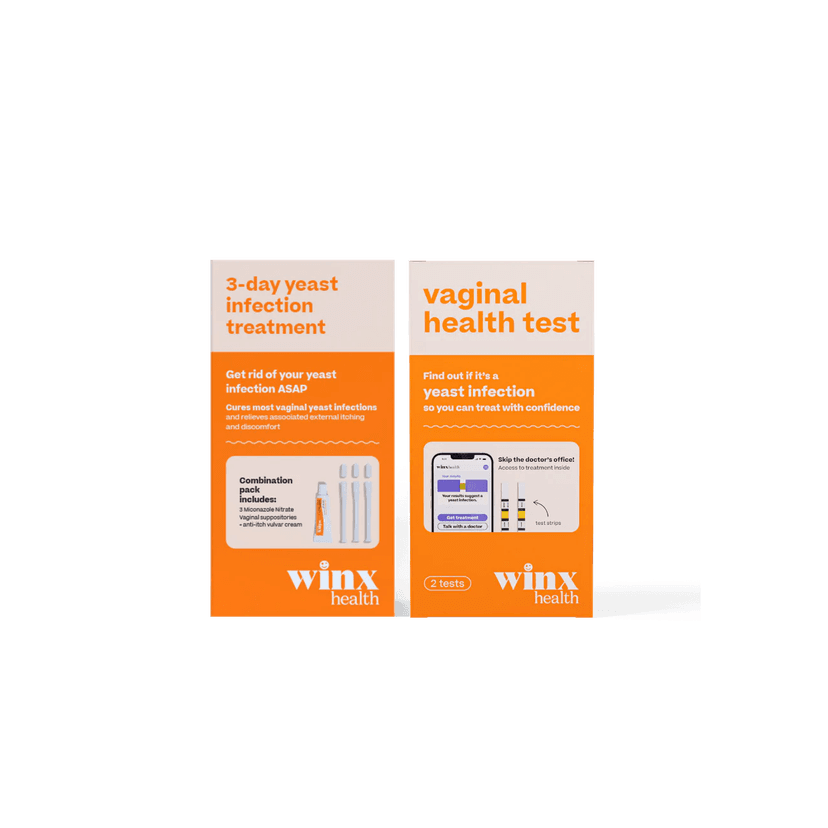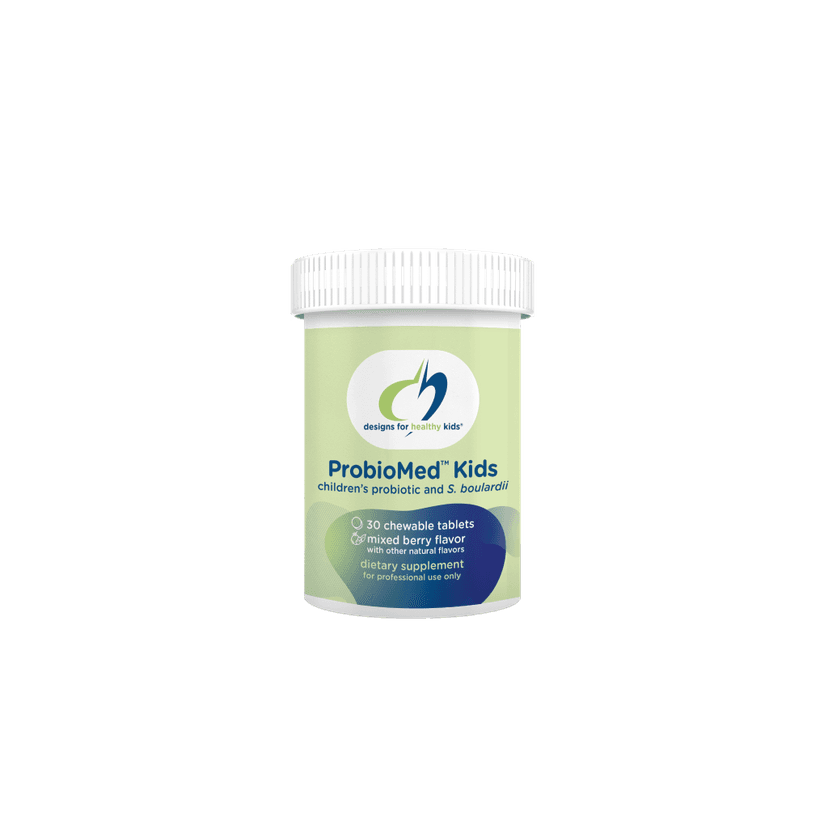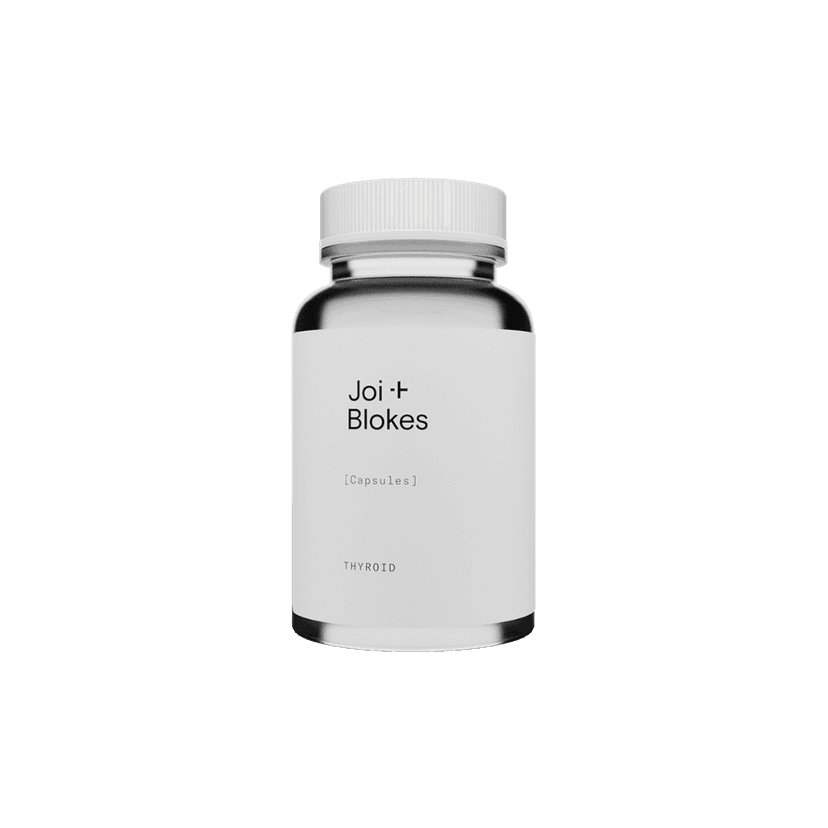We come across harmful chemicals daily, whether at home, work, or school. These toxins can sneak into our air, water, food, and the products we use. It's important to know how to reduce exposure to these chemicals to protect our health and the environment.
Key Takeaways
- Identify and understand common toxic chemicals and their health risks.
- Use safe alternatives for cleaning and personal care at home.
- Follow safety protocols and use protective gear at work.
- Advocate for policies that reduce public exposure to harmful chemicals.
- Stay informed and educate others about reducing chemical exposure.
Understanding Common Toxic Chemicals
Identifying Hazardous Substances
Many everyday products contain harmful chemicals. Recognizing these substances is the first step to reducing exposure. Common toxic chemicals include lead, mercury, and formaldehyde. These can be found in items like paint, batteries, and building materials.
Health Risks Associated with Toxic Chemicals
Exposure to toxic chemicals can lead to serious health issues. Short-term effects might include headaches or skin irritation, while long-term exposure can cause chronic diseases like cancer or respiratory problems. It's crucial to understand these risks to take preventive measures.
Regulations and Safety Standards
Governments and organizations have set regulations to limit exposure to harmful chemicals. These include guidelines from the Environmental Protection Agency (EPA) and the Occupational Safety and Health Administration (OSHA). Following these standards helps protect public health and the environment.
By being aware of common toxic chemicals and their risks, we can make informed choices to safeguard our health and well-being.
Reducing Chemical Exposure at Home
Safe Cleaning Alternatives
Switching to safe cleaning alternatives can significantly reduce harmful chemicals in your home. Opt for natural cleaners like vinegar, baking soda, and lemon juice. These ingredients are effective and non-toxic. You can also find eco-friendly cleaning products in stores that are free from harsh chemicals.
Non-Toxic Personal Care Products
Many personal care products contain ingredients that can be harmful. Look for items labeled as free from parabens, phthalates, and synthetic fragrances. Using non-toxic personal care products helps protect your health and the environment.
Creating a Chemical-Free Garden
Creating a chemical-free garden is easier than you might think. Use organic fertilizers and natural pest control methods. Companion planting and crop rotation can also help keep your garden healthy without the need for harmful chemicals.
Reducing chemical exposure at home is a crucial step in protecting your health and the environment. Simple changes can make a big difference.
Minimizing Exposure in the Workplace
To reduce exposure to harmful chemicals at work, it's crucial to have strong safety protocols. Regular training sessions can help employees understand the risks and the correct procedures to follow. Additionally, clear labeling and proper storage of chemicals are essential steps.
Wearing the right protective gear can significantly lower the risk of chemical exposure. This includes items like gloves, masks, and safety goggles. Employers should ensure that all protective equipment is in good condition and readily available to all employees.
Whenever possible, replace hazardous chemicals with safer alternatives. This not only reduces the risk of exposure but also creates a healthier work environment. Always use the smallest amount of any chemical needed for the task to further minimize risks.
A safer workplace is not just about following rules; it's about creating a culture of safety where everyone is committed to reducing risks.
Protecting Vulnerable Populations
Pregnant Women and Children
Pregnant women and children are particularly vulnerable to toxic chemicals. Their developing bodies can be more sensitive to harmful substances. To protect them, avoid using products with harsh chemicals and opt for natural alternatives. Ensure that toys and baby products are free from harmful substances like BPA and phthalates.
Elderly and Immunocompromised Individuals
The elderly and those with weakened immune systems are also at higher risk. They may have a harder time detoxifying harmful chemicals. It's crucial to maintain good indoor air quality and use non-toxic cleaning products. Regularly check for mold and other indoor pollutants.
Community Health Initiatives
Community health initiatives play a vital role in protecting vulnerable populations. These programs can provide education on reducing exposure to harmful chemicals and offer resources for safer alternatives. Community gardens, for example, can promote organic farming practices and reduce pesticide use.
Everyone deserves to live in a healthy and safe environment. By taking steps to reduce exposure to toxic chemicals, we can protect the most vulnerable among us and promote overall community health.
Advocating for Policy Changes
Advocating for stronger environmental laws is crucial in reducing exposure to harmful chemicals. By supporting key legislation, we can push for stricter regulations and better enforcement. This includes backing bills that limit the use of toxic substances and promote safer alternatives.
Community involvement is essential for driving change. Organize or join local groups focused on reducing toxic exposure. Participate in educational campaigns to raise awareness about the dangers of harmful chemicals and the importance of safer practices.
Holding companies accountable is vital. Advocate for corporate transparency regarding the chemicals they use in their products. Support initiatives that require companies to disclose their chemical usage and encourage them to adopt safer alternatives. This can lead to a significant reduction in the overall use of harmful substances.
Practical Tips for Everyday Life
Choosing Safe Consumer Products
Be a smart consumer. Avoid products that are not sustainable or durable. Opt for alternatives to plastic items or those packaged in plastic. Encourage businesses you frequent to use sustainable packaging.
Reducing Plastic Use
Reducing plastic use is crucial for minimizing exposure to harmful chemicals. Here are some steps you can take:
- Use reusable bags, bottles, and containers.
- Avoid single-use plastics like straws and utensils.
- Choose products made from natural materials.
Proper Disposal of Hazardous Materials
Proper disposal of hazardous materials is essential to prevent environmental contamination. Follow these guidelines:
- Identify hazardous materials in your home, such as batteries, paint, and cleaning products.
- Use local disposal programs or facilities designed for hazardous waste.
- Never pour hazardous materials down the drain or throw them in the trash.
Taking small steps in your daily life can significantly reduce your exposure to harmful chemicals and contribute to a healthier environment.
The Role of Public Awareness
Educational Campaigns
Educational campaigns are essential for informing the public about the dangers of toxic chemicals. These campaigns can be conducted through schools, community centers, and online platforms. Raising awareness helps people make informed choices about the products they use and the environments they live in.
Social Media and Outreach
Social media is a powerful tool for spreading information quickly and widely. By sharing posts, videos, and articles, organizations can reach a broad audience. Outreach programs can also include workshops and seminars to educate people on how to reduce their exposure to harmful chemicals.
Collaborating with Health Organizations
Working with health organizations can amplify the message about the dangers of toxic chemicals. These collaborations can lead to more comprehensive educational materials and programs. Health organizations can also provide valuable data and research to support public awareness initiatives.
Public awareness is the first step towards a healthier, safer environment for everyone. By educating ourselves and others, we can make a significant impact on reducing exposure to harmful chemicals.
Conclusion
Reducing exposure to harmful chemicals is crucial for our health and the environment. By making small changes in our daily lives, such as using non-toxic products and minimizing the use of hazardous substances, we can significantly lower our risk. It's also important to support policies that aim to reduce pollution and promote safer alternatives. Remember, every little step counts towards a healthier future for ourselves and the planet.
Frequently Asked Questions
What are some common toxic chemicals found at home?
Common toxic chemicals at home include cleaners with bleach or ammonia, personal care products with parabens or phthalates, and pesticides used in gardens.
How can I reduce chemical exposure in my daily life?
You can reduce exposure by using natural cleaning products, choosing non-toxic personal care items, and avoiding plastic containers for food storage.
Why are children more vulnerable to toxic chemicals?
Children are more vulnerable because their bodies are still developing, and they have higher rates of exposure relative to their body weight.
What are some safe alternatives to chemical pesticides?
Safe alternatives include using natural predators like ladybugs, planting pest-repellent plants, and using homemade sprays made from ingredients like garlic or soap.
What should I do if I suspect chemical exposure at work?
If you suspect chemical exposure at work, report it to your supervisor, seek medical advice, and follow workplace safety protocols to minimize further exposure.
How can communities advocate for better chemical safety regulations?
Communities can advocate by supporting environmental legislation, participating in local activism, and educating others about the importance of reducing toxic chemical exposure.
























